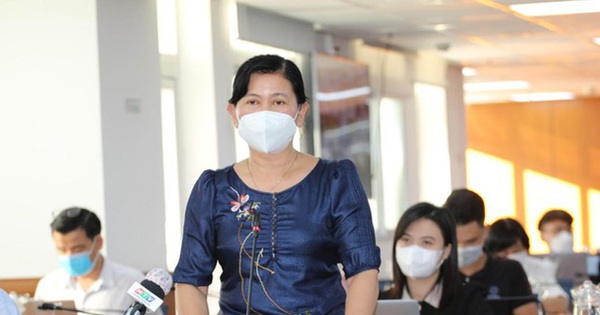Four levels of disaster, incident
The draft Law on Civil Defense developed by the Ministry of National Defense divides disaster and incident levels into four levels, the highest being level 4 – a state of emergency.
From May 5, the Ministry of National Defense began collecting comments from the people on the draft Law on Civil Defense. The objective of the bill is to improve civil defense capacity, contributing to reducing damage caused by natural disasters, epidemics or incidents or disasters; meet the requirements of socio-economic development associated with the consolidation of national defense and security.
Level one is a situation where a disaster or incident occurs that causes damage or threatens to cause serious damage to people, property or the environment in a certain area, and is incapable of spreading or spreading to other areas.
Chairpersons of People’s Committees of communes and districts have the authority to decide on the application of first-level disaster and incident response measures such as: Evacuating people and property; prepare food, drinking water and essential daily necessities; give first aid and transfer the victim to the nearest medical facility; search and rescue, rescue…

Floods in 2018 in Chuong My district, Hanoi. Image: Giang Huy
Level two is the same situation as level one but has the ability to spread and affect other areas. At this level, the People’s Committees of provinces and centrally run cities have the authority to decide on response measures such as: medical isolation, monitoring and treatment of infected cases; restrict the transportation of people and goods out of epidemic areas; recommend social distancing based on level; change form or suspend activities of schools, amusement and entertainment establishments, mass gatherings, non-essential business and service activities…
Provincial-level People’s Committees have the authority to announce level-one and two-level disasters, except for war disasters and super typhoons.
Level three is a situation in which a disaster or incident occurs that causes damage or threatens to cause very serious damage in an area or many provinces or cities, capable of spreading and affecting other areas. The government publishes disaster levels, incidents for war catastrophes, hurricanes, and level three.
When facing a third-degree disaster, the Government decides or decentralizes the People’s Committees of provinces and centrally-run cities to decide to apply the following measures: Social distancing; suspending activities of schools, amusement and entertainment establishments, mass gatherings, non-essential business services, festivals and religious activities in disaster areas; suspend entry and exit…
Level four (state of emergency) means a situation where a disaster or incident occurs in one or more provinces or cities or nationwide, causing damage or threatening to cause particularly serious damage to the national economy, property, people’s life, health, political security situation, social order and safety of the country. The authority to declare a state of emergency rests with the National Assembly.
14 types of disasters and incidents are specified in the law, including: War; train, tram, submarine disaster; natural disasters (earthquake, tsunami, super typhoon, drought…); dangerous diseases; forest fire incidents; breakdown of dykes and irrigation works; radioactive leak; environmental incident; oil spills; particularly serious traffic accidents; network security problem…
In this situation, the Prime Minister directs the implementation of a resolution of the Standing Committee of the National Assembly or the Order of the President declaring a state of emergency, has the power to decide on the application of special measures, and at the same time decides to agencies, organizations or persons responsible for implementing that measure.
The above classification is based on a set of criteria on natural geographical, socio-economic characteristics of the affected area; nature, degree of danger…
According to the Ministry of National Defense, the institution on civil defense work has been stipulated in a number of laws such as the Law on Natural Disaster Prevention and Control; Law on Dykes; Law on Prevention and Control of Infectious Diseases; Fire Protection and Prevention Act; Atomic Energy Law; Law on Environmental Protection… However, the legal system has not been completed, some mechanisms and policies are not close to reality, lack of feasibility. Forecasting and warning are sometimes inaccurate and untimely, especially flash floods, landslides…
Therefore, the Ministry of National Defense considers it necessary to promulgate this law in order to proactively prevent and combat disasters caused by natural disasters and epidemics; protection for people, agencies, organizations, socio-economic, environmental protection.
at Blogtuan.info – Source: vnexpress.net – Read the original article here



